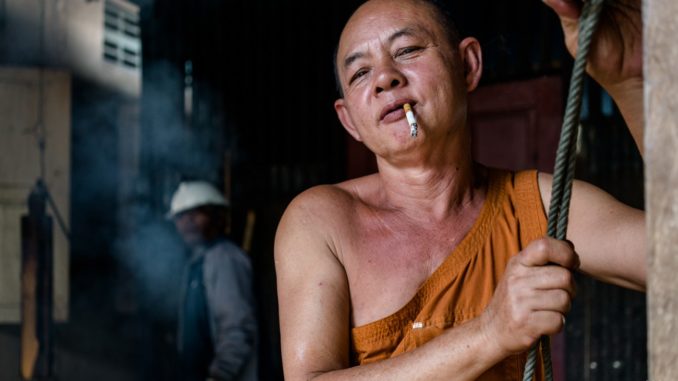
Myanmar with the Nikon D850 and Sony A9
by Mark Seymour
This February I took a group of photographers on a Myanmar photography workshop, with Nikon School UK. The group included professional working photographers and keen amateurs, but everyone had a passion for photography and was ready for an adventure.
We all flew into Yangon (Rangoon), with an opportunity to photograph the street life of the capital city, before taking an internal flight on an old prop-plane down to Myeik in southern Myanmar and spending the next 14 days working our way back photographing the villages and local life of Dawei, Ye and Mawlamyine, before returning to Yangon and then home.
Myanmar, formerly known as Burma, has only become open to Western tourists in the last few years, so it is still pretty unexplored and a great source for observational documentary street and travel photography.
My workshops are a total immersion experience, we stay, travel and eat alongside the locals, and spend every day exploring the streets, markets and temples, photographing, with the evenings reviewing and editing our images and talking all things photography.
Highlights of Myanmar
Some of the highlights of Myanmar photography workshop, include the fishing harbours, where you will photograph the workers shifting huge blocks of ice to be chipped for storing the fish as it’s transported around Myanmar, and the abundance of fresh fruit, vegetables and meat being sold in the marketplaces. Myanmar has been in the news recently regarding the religious conflicts, the country remains predominantly Buddhist, and there are many monasteries and temples to visit.
In Yangon, we took a water taxi across the river to photograph at sunset, and spent a night in 19th Street in China Town. In Myeik we took a boat across to the island to photograph the famous reclining Buddha and local monastery. Traveling by minibus to Dawei we photographed basic roads being constructed by human labor, a hot and arduous occupation by both women and men. We also go to take a little time out to enjoy some time at the unspoiled beach of Dawei. We took traditional boats along the River Ye to a rural village, and we even waded out into the water to photograph the local fishermen up close. In Mawlamyine, we took some interesting photographs of the traditional pancake/wraps being made on a blazing hot plate by hand.
The people are incredibly welcoming and you will find yourself being invited into temples, shops, and homes to photograph everyday life. One thing you will notice is the makeup/sunscreen that the women and children apply to their faces in broad stripes, thanakha, made from ground bark and water.
Documentary photography in Myanmar
Myanmar photography workshop enables me to develop some of the key documentary techniques with the photographers on the course; environmental portraiture, making the most of natural light to add dimension and texture, as well as lighting the focal point/subject, composition including photographing landscape and using thirds, separation and heads in spaces, layering, consistency, and the most important skill for getting great documentary photography on the streets, staying with the moment. By the end of the workshop, everyone was able to reflect on their individual experience of Myanmar through their images, making connections with the people and daily lives in contrast to their own.

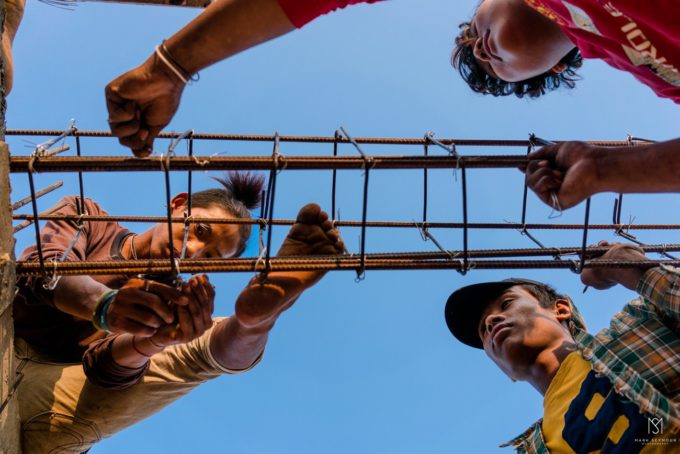
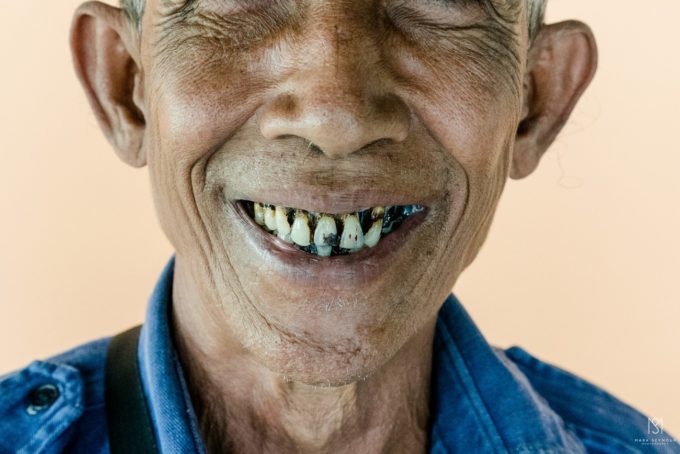
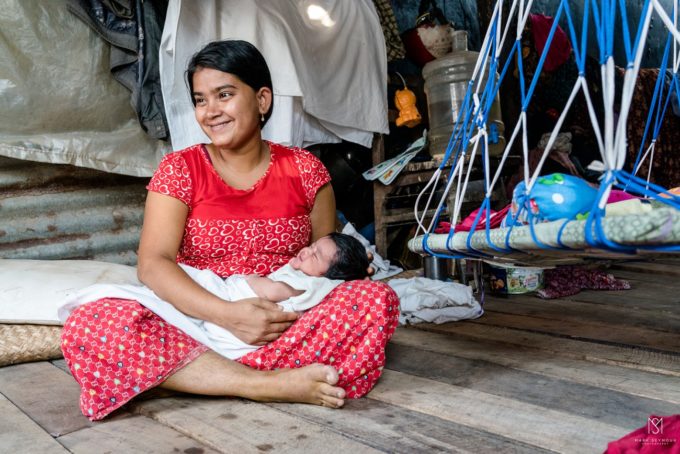
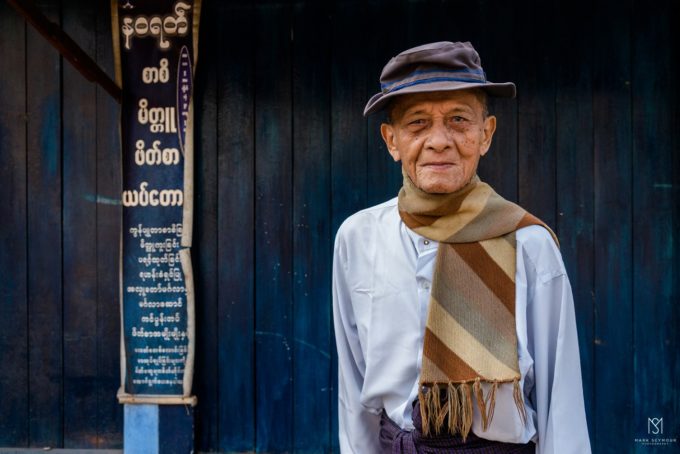
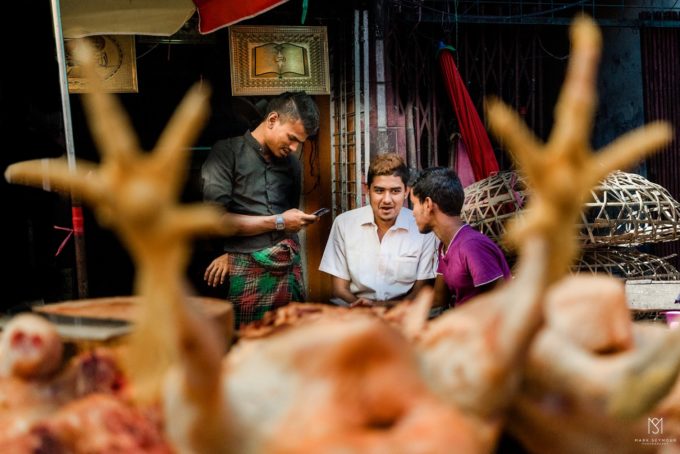
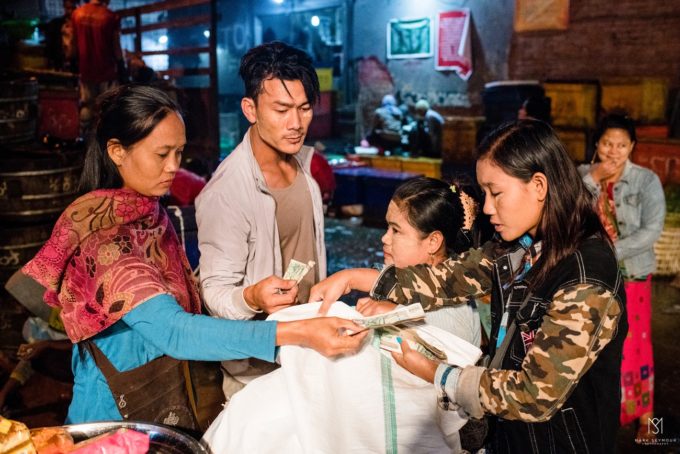
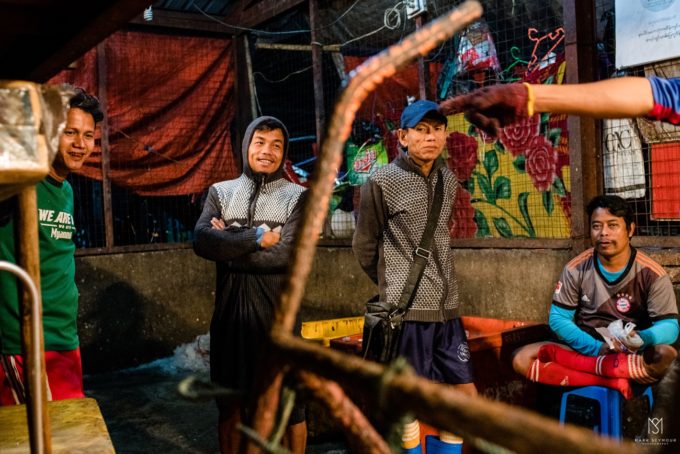
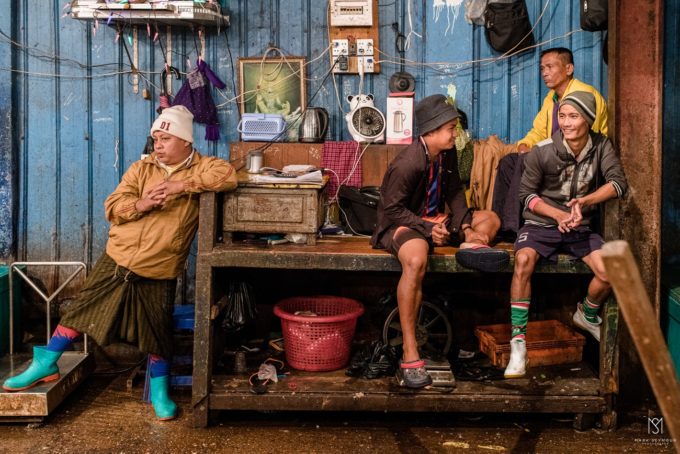
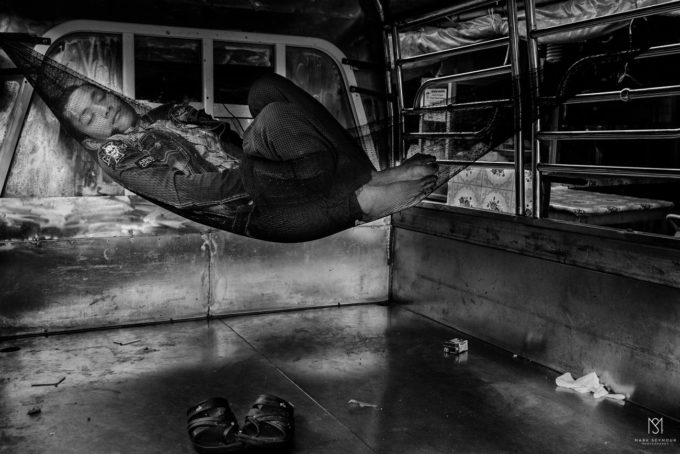
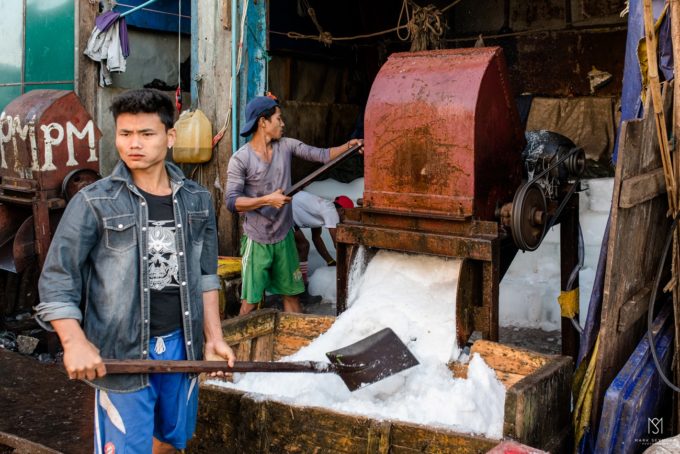
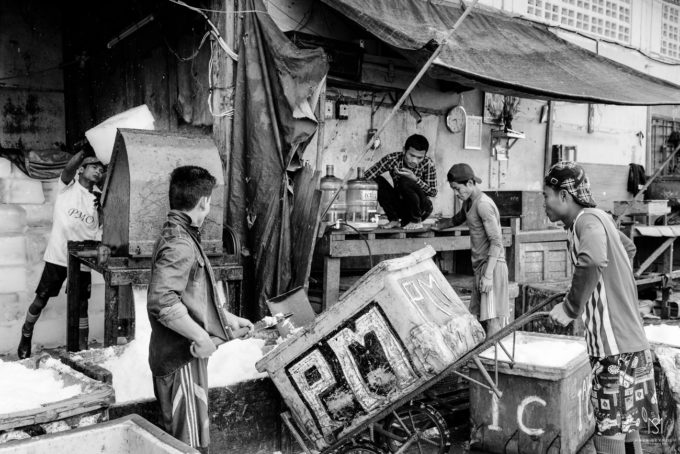
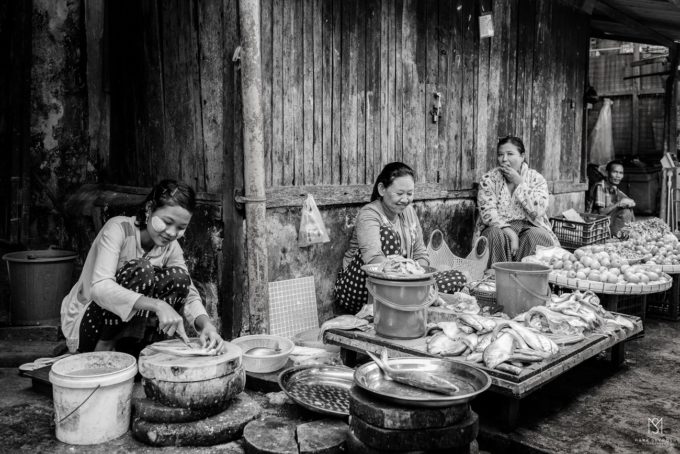
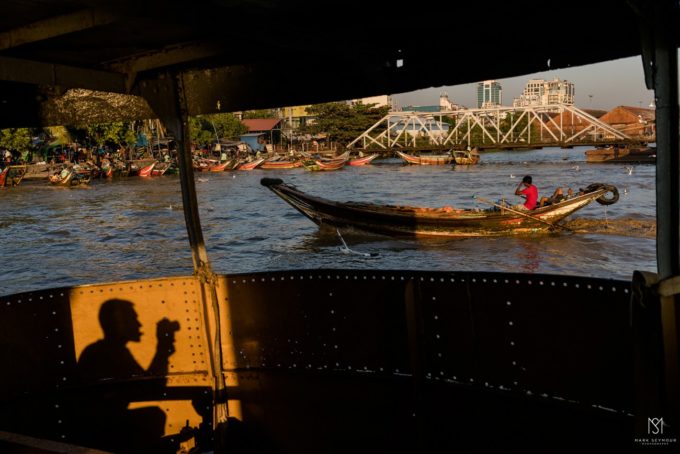
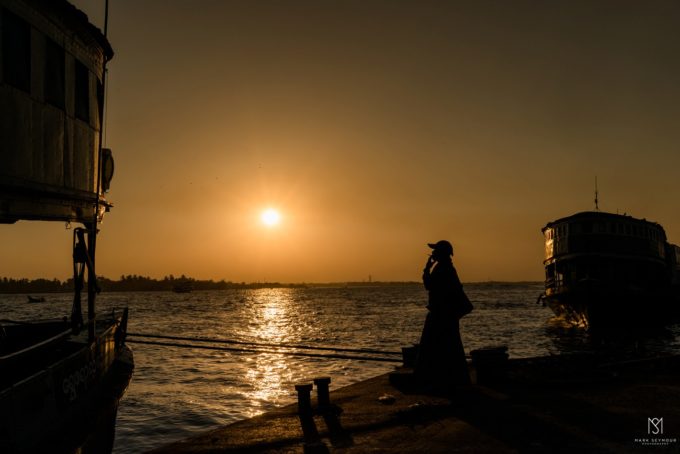
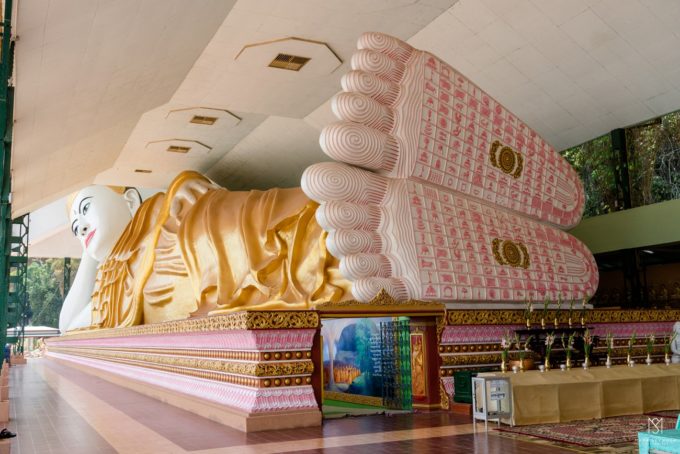
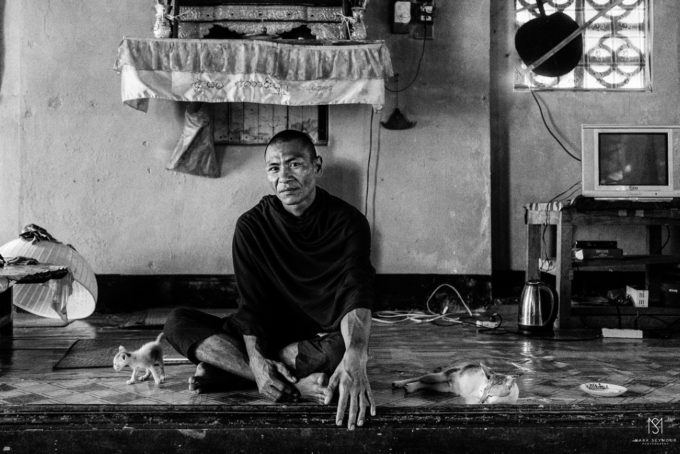

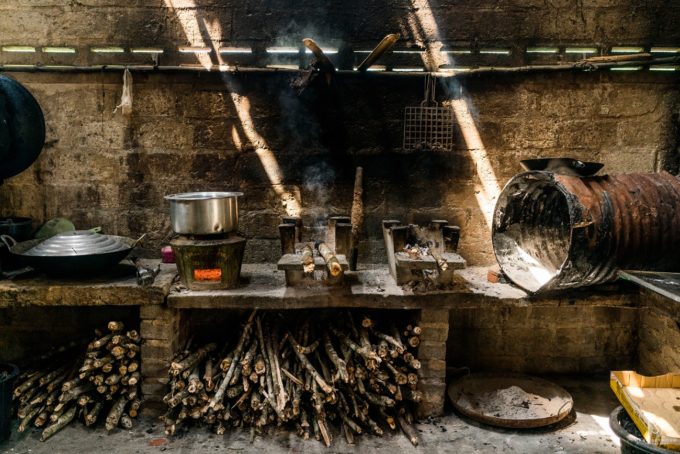

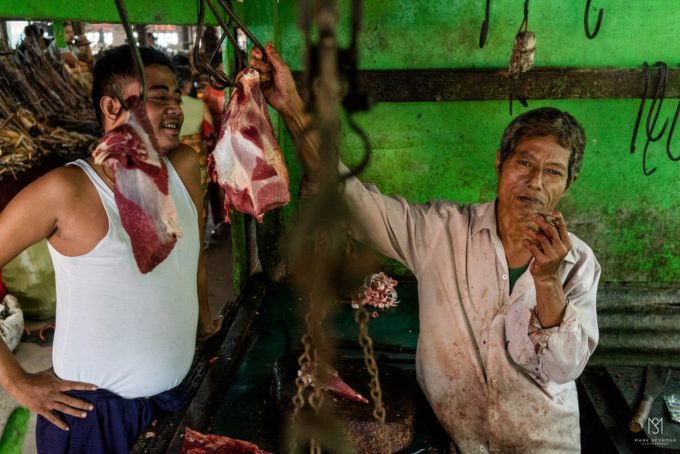
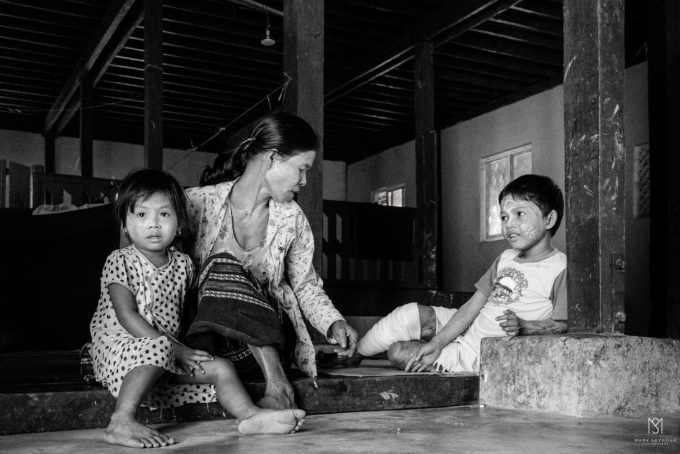
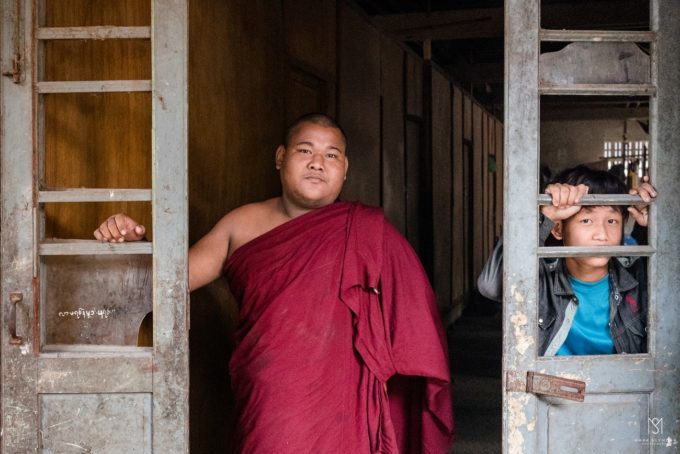
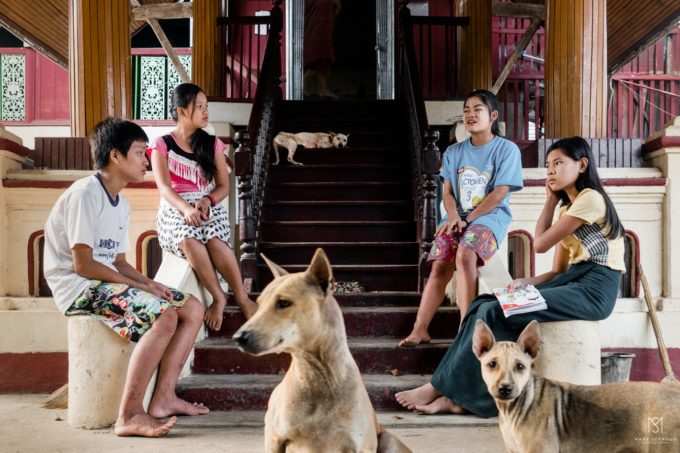
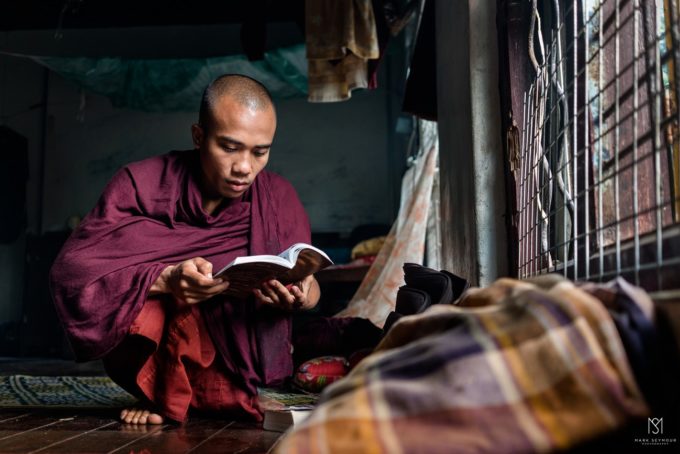
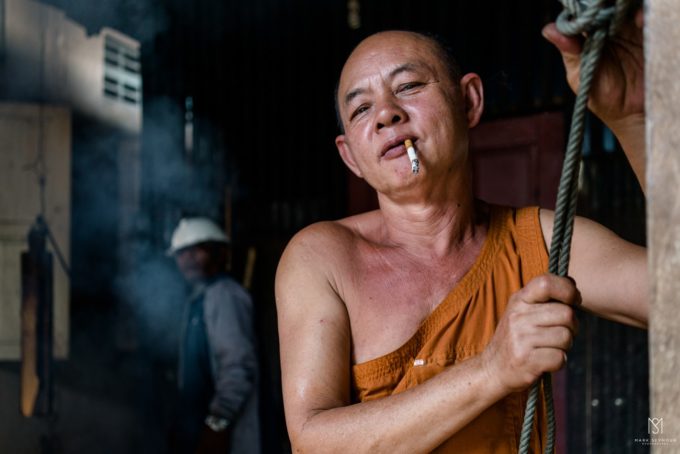
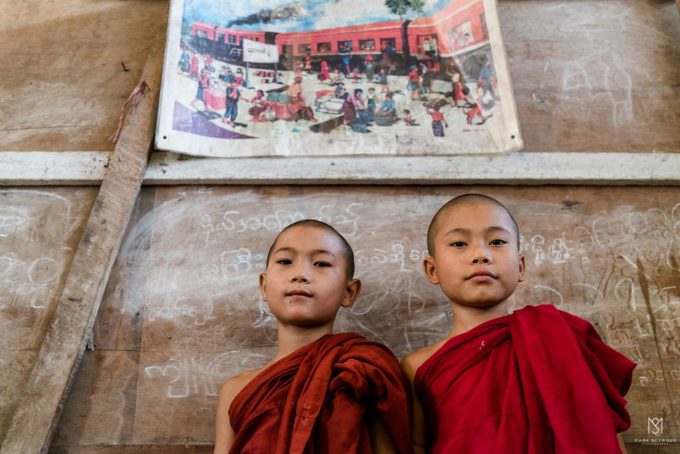
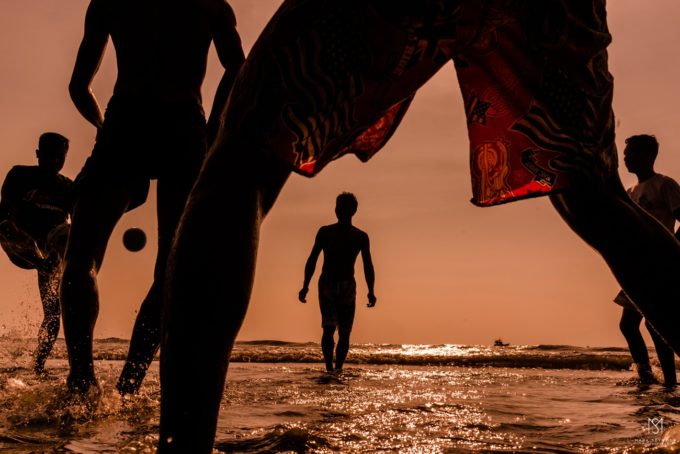
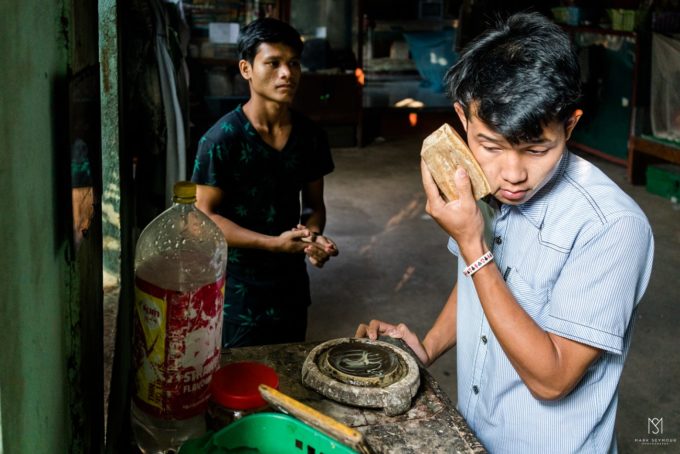
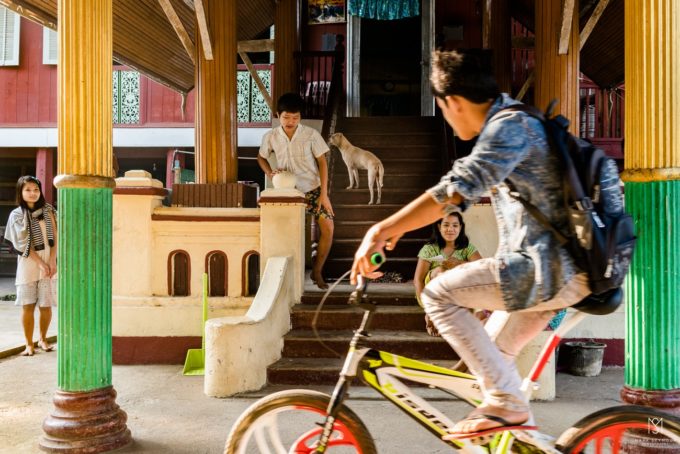
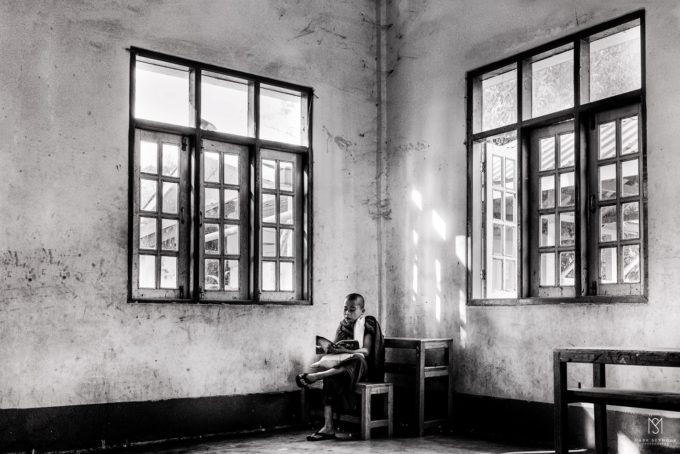
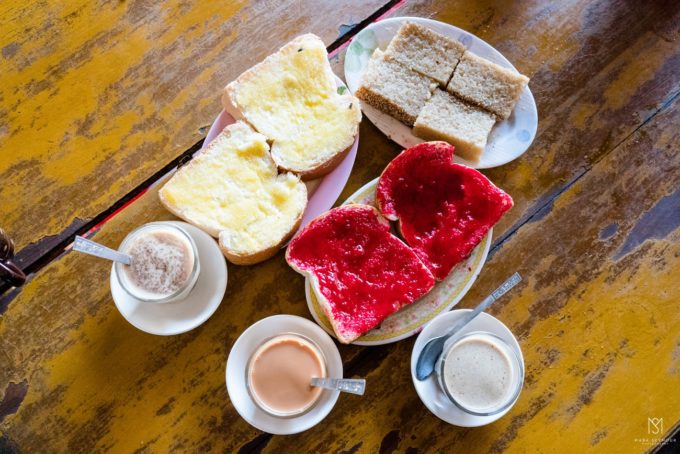
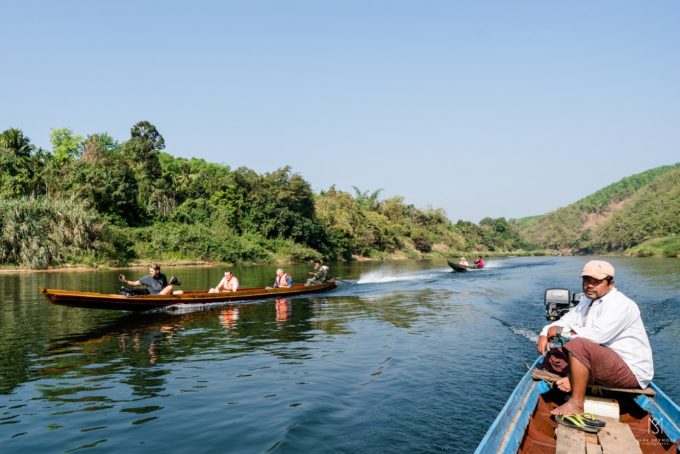
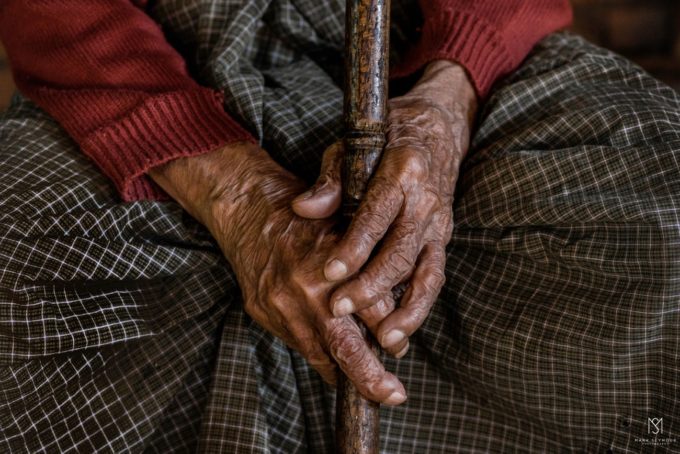
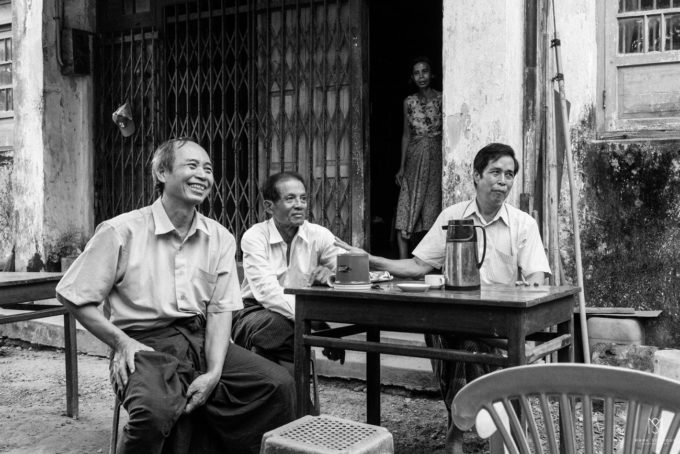

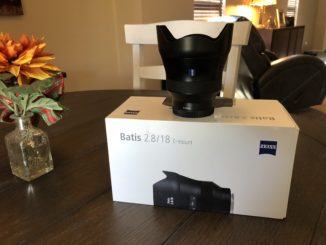

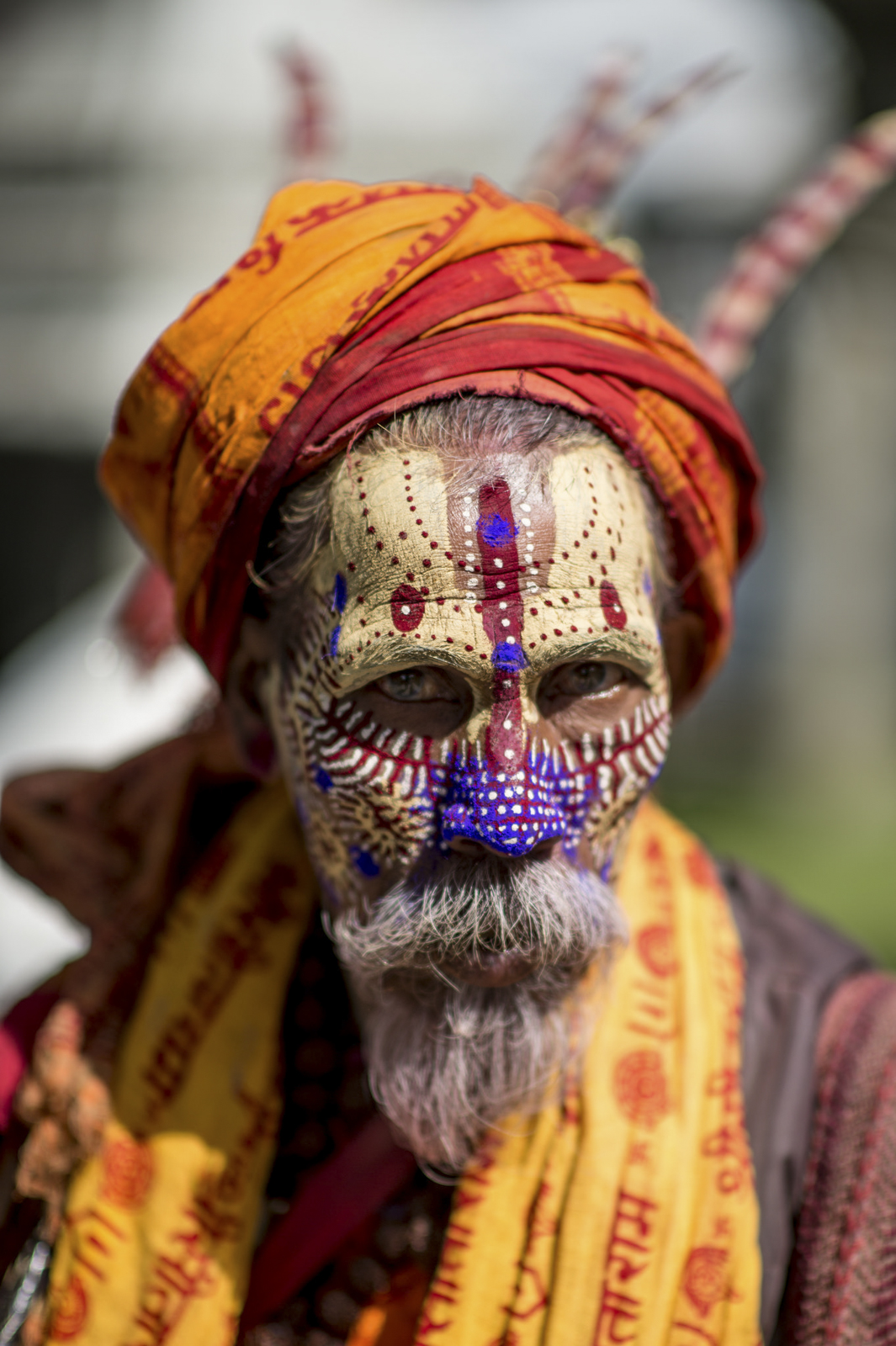
Wow, the photos are beautiful. Having been to the country I wonder if the social critics have been there. Mr. Seymour is right, many, if not most, of the people one meets there are amazingly welcoming and warm compared to other countries in the region. It is also true that the nobel peace prize winning leader, Aung San Suu Kyi, has been complicit or willing to tolerate stunning ethnic cleansing/violence. The photos are great. It’s a great place to visit — challenge oneself, one’s skills, one’s beliefs.
Mark, these are wonderful images! I would’ve loved the chance to attend.
Jonathan I will be going there again next year, Just sign up to https://www.shootthestreet.co.uk and I will let you know when the next one is
What exactly were you documenting? I spent time there, the horror stories about life under the various ruling factions over the last few years is nothing short of disturbing. Why no mention of actual life in Myanmar including the oppressive government and its ongoing genocide? Its not a “religious conflict” as you put it – its murder. Reporters are being jailed for reporting on the atrocities, villages are being burned to the ground, women are being raped and hundreds of thousands are fleeing to Bangladesh. I hope someone was able to document the fact that its one of the poorest countries in Asia – a good wage is about $100/mo, so most don’t have the ability to actually buy “the abundance of fresh fruit, vegetables and meat being sold in the marketplaces.” Yes the people are nice, but people everywhere are nice. Glossing over the realities of such atrocities is pretty tone deaf.
“People are incredibly welcoming”. Got agree about the Rohingya. This article is rather naive. Awful things are happening, but we don’t care as it’s “exotic” and I’ve a nice new camera. Neocolonialism at work.
Photos are good, but a bit more awareness would be welcomed amidst all the breathless enthusiasm.
Chris, we were no where near Rohingya, We were as south as you can go . There was no awareness down there . I photographed what I saw
Really love the shots, they’re great and tells a story
Thank you for sharing these
Excellent Series – I LOVE #19 – the young man reading in the corner.
Thank you Fred
There are some winning shots there. Thank you for sharing. 🙂
Thank you Karim, much appreciated
Really nice work! Did you have any feelings or opinions in regards to the cameras used? As a D850 owner I love the camera, but it’s interesting to see how they compare when used side by side by someone that has used both. Thanks.
Hi Brian , I used the 850 most of the time but dropped it so was forced then to use the A9 which is a great street camera with the zeiss 35 2.8
Wow. So exotic compared to my everyday world. Yet, that is their everyday world. Thank you for great photography.
Thanks James, much appreciated
“The people are incredibly welcoming..”
https://www.msf.org.uk/issues/rohingya-refugee-crisis
Yes that is happening in Myanmar and it’s extremely sad but it doesn’t make most people in Myanmar murderers…for example, if a few Americans, in let’s say Texas, murder students on a regular basis, does that make the whole of America and American people ‘not welcoming’?
Bit different though, in Myanmar it is government sponsored genocide, carried out by the national army and morally encouraged by leading Buddhist spiritual figures. If you were a different religion or colour you may have found things much less welcoming i daresay
“..does that make the whole of America and American people ‘not welcoming’?” ..No, it doesn’t. But I wouldn’t take my English pounds to America to spend them there, while turning a perfectly blind eye to those Texan murders you mention. Nor would I come back home with “gorgeous” pictures, publicising them and delivering great PR for the States, while utterly blanking out those atrocities you mention in Texas.
Pretty pictures of “welcoming” people, you see, are only half the story ..the rest of the story of Myanmar is the complete opposite: misery, torture, rape, dispossession, exile. Photos of charming and smiling people are very jolly and entertaining, but, as I wrote to Steve:
“Should you really be encouraging people to go on a photo trip to a country where hundreds of thousands are being dispossessed, raped, and having their homes torched?
This is like encouraging people to a lynch party.
“Come to the lovely deep south and see the glorious photo opportunities ..just ignore the people over there being strung from trees..”
I thought you might have more awareness of what’s happening in the world than to publicise “pretty pictures” while people in Myanmar are being tortured and killed.”
Hi David, after reading your comment, I thought he must not live in the United States and that appears to be the case. What you don’t understand is that we here in the US are under a very heavy blanket of propoganda that is difficult for most Americans to see past- at least arguably as a percentage of people relative to people in Europe that are aware of world issues. That makes many Americans tone deaf on issues such as the one you speak of. You are absolutely correct and this situation just looks silly on the world stage as visitors to this website from outside of the US can see.
Yes. I know. One of the less publicized horrors of today’s world.
can we concentrate on the photography? Myanmar is a beautiful place and we were made to feel extremely welcome
No, Mark; it is not a beautiful place while people are having their homes burned and families exterminated. I’m sure that you were “..made to feel extremely welcome..” because Myanmar needs good PR (..as well as foreign currency..) to give the appearance that all’s happy and wonderful there.
“can we concentrate on the photography?” ..no; because that ignores – turns a blind eye, as I said above – to the hideousness that’s happening. Enjoying yourself, and the photography, while others are suffering should not be acceptable to you.
I replied, Mark, but my reply is awaiting moderation.
David there is bad things happening everywhere in the world in every country. I live near London and now we have a higher fatality rate than New York.
Simple words “ breakthrough photography “
Perfect color, composition, moments
Thankyou Jay , really appreciate your kind comments